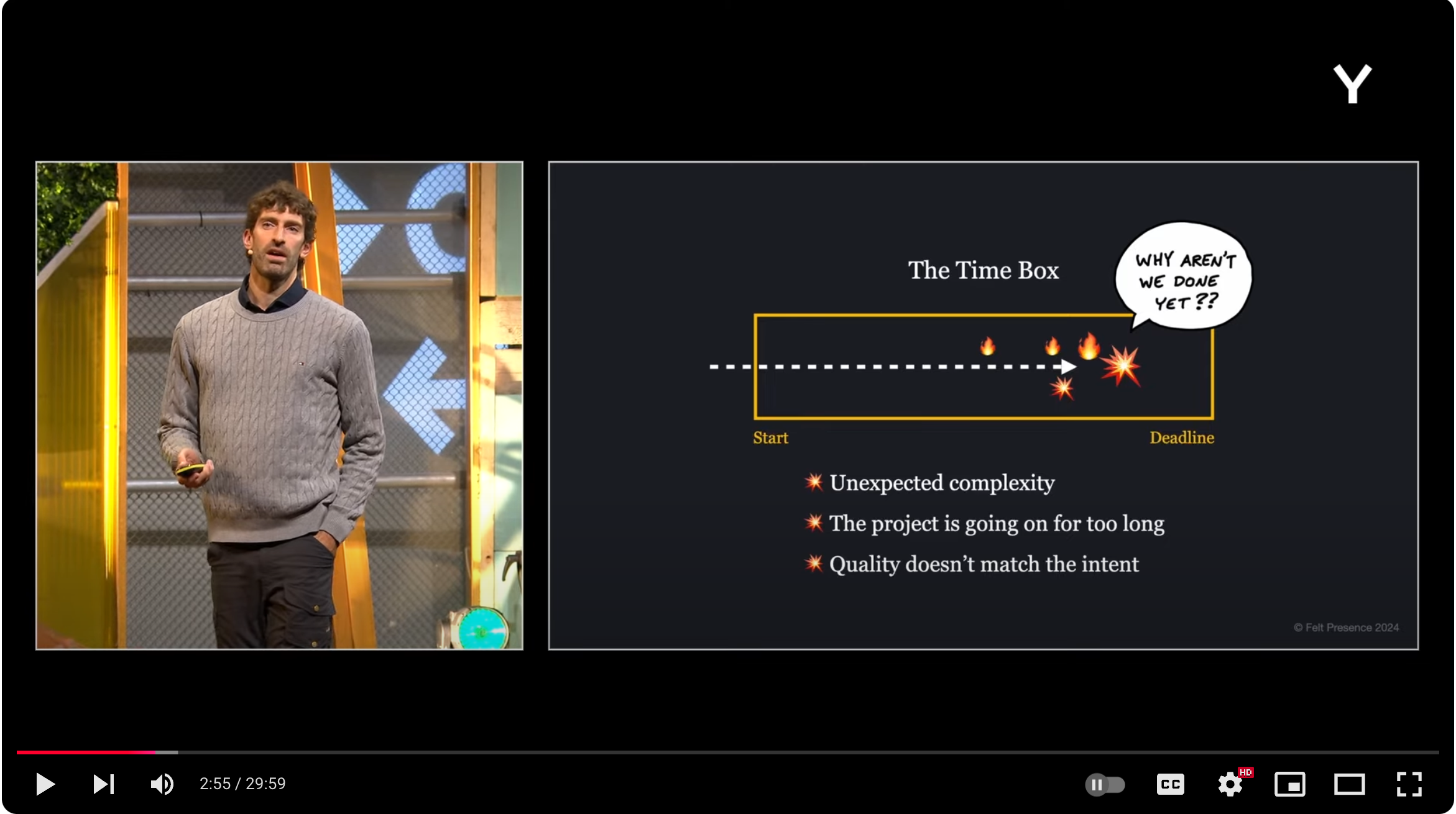If you are a product professional, the above talk by Ryan Singer is an important one to watch. In his 30-minute talk, he presents an overview of a product design technique called Breadboarding.
Breadboarding is a powerful technique for sketching out a product or a feature, centered around J. J. Gibson's concept of affordances. Affordances represent opportunities for action, enabling users to move from one circumstance (A) to another (B) to achieve their goals. Because Breadboarding is affordance-based, it inherently encourages product professionals to adopt a user-centric perspective. If you have not practiced it in your real project, I urge you to try it out. You will see how powerful it is.
One thing I started to notice though, is that many of my fellow product professionals struggle to practice Breadboarding effectively. The challenge often lies in the quality of framing—the definition of progress (or a set of progresses)—that your product/feature is supposed to make. Let me explain.
Unless you are the user of the product/feature, there are two sides of the progress - the supply-side progress and the demand-side progress:
- Supply-side progress refers to outcomes that benefit the organization, such as "improving average order volume (AOV)."
- Demand-side progress focuses on the user’s journey, such as "As a DIY computer builder, I want to create my ideal computer using brand-new parts, ...<your prospective product does something>..., so that I can achieve my preferred specs without running into issues."
When the breadboarding is basing mainly/exclusively on the supply-side progress, it usually gets nowhere at the end. Breadboarding is fundamentally about paving a path for users (i.e., demand-side) to achieve their progress—moving from point A to point B. The user’s circumstances define A and B(*), not the supply-side metrics. Without clearly identifying the user’s A and B, how would you be able to design a product/feature that your users would want to hire?
This doesn’t mean that supply-side progress doesn’t matter. Rather, even when the supply-side has specific objectives, it’s crucial to identify the demand-side progress that could align with supply-side goals.
When you find yourself going in circles with Breadboarding, check whether your focus is exclusively on supply-side progress or if it also incorporates demand-side progress. Breadboarding succeeds when it prioritizes demand-side progress—aligning what users want to achieve with what your business aims to accomplish.
Footnotes:
* We usually need to address multiple A's and B's, or multiple sets of point A to point B in product development. It's because we often want to make our offering useful for many people in multiple circumstances. When Breadboarding is driven by supply-side progress, there is an unavoidable tendency to overlook these multiple A's and B's.
